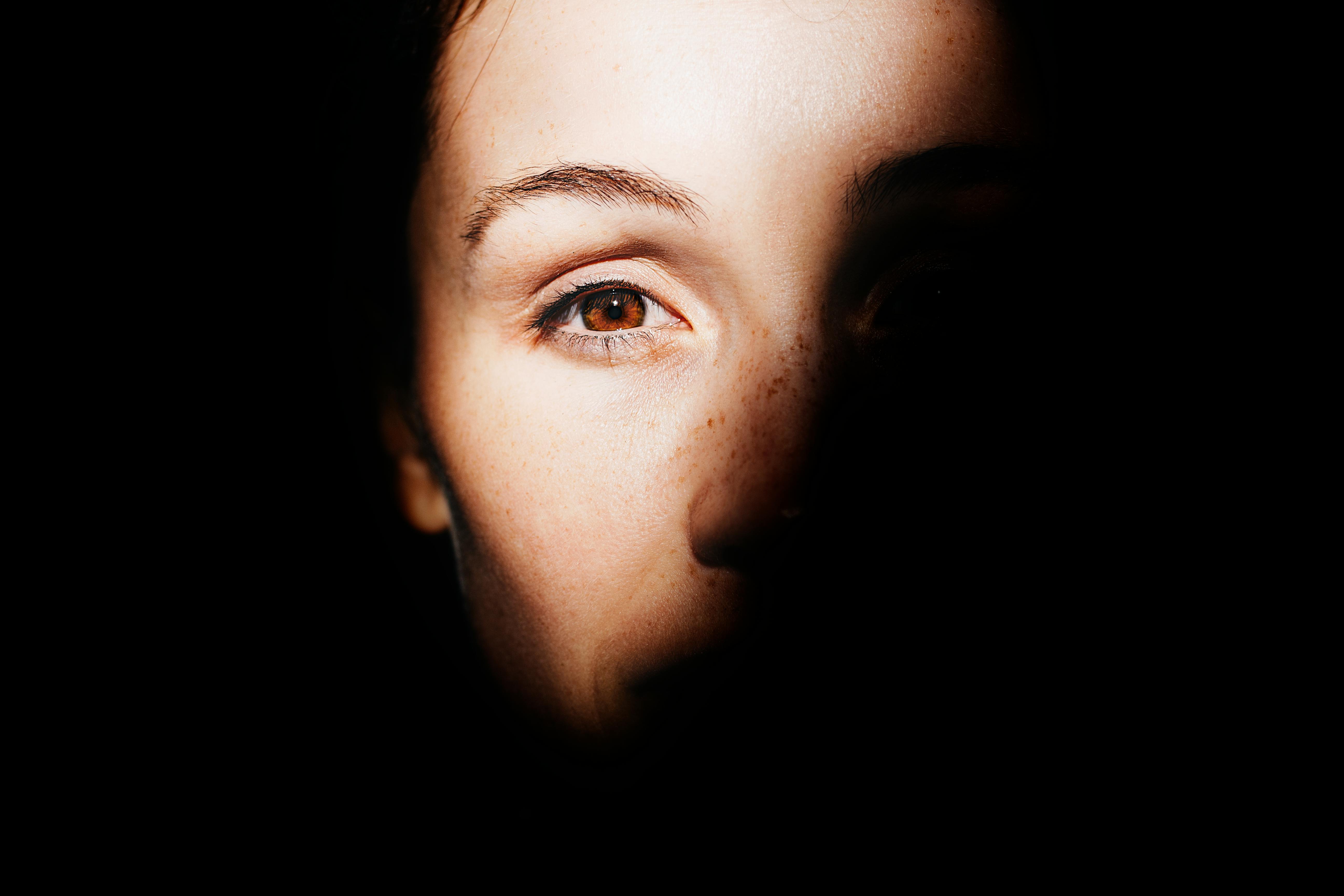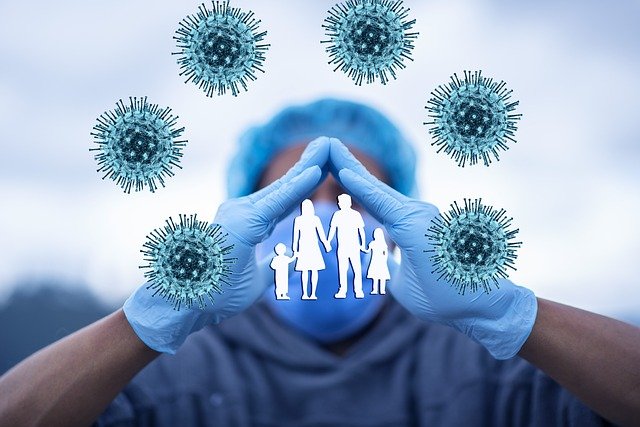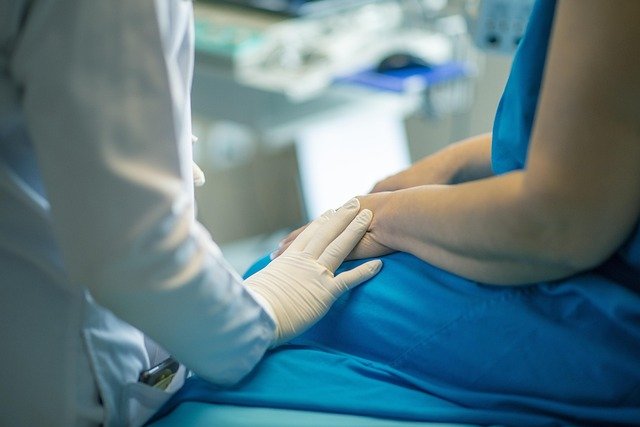Demystifying Eye Bags: Causes, Treatments, and Prevention
Eye bags, also known as periorbital puffiness, are a common concern among many individuals, regardless of age or gender. While they are often associated with lack of sleep, eye bags can be attributed to a variety of factors, ranging from genetics to lifestyle habits. Despite being generally harmless, these under-eye bulges can cause distress as they are often perceived as a sign of aging or fatigue. This article aims to explore the causes, treatments, and ways to prevent this common skin issue.

A Historical Perspective on Eye Bags
Even in ancient times, humans have been concerned with aesthetic problems like eye bags. In the absence of modern medicine and treatments, our ancestors relied on home remedies. Cold compresses, herbal concoctions, and even leeches were used to alleviate eye bags.
In recent history, the mid-20th century saw a rise in cosmetic surgery, including procedures to remove eye bags. With advancements in medical technology and a growing emphasis on personal appearance, treatments for eye bags have evolved significantly. Today, both non-invasive and surgical options are readily available to those seeking to alleviate this condition.
The Science Behind Eye Bags
Eye bags occur when the tissues and muscles supporting your eyelids weaken. This allows fat that’s normally confined to the area around your eye to move into the lower eyelids, causing them to appear puffy. Fluid can also accumulate in the area, adding to the swelling.
Various factors can contribute to the development of eye bags. Age is a major factor, as the tissues and muscles around your eyes weaken as you get older. Lack of sleep, smoking, and allergies can exacerbate the condition. Genetics also play a role – if your parents have eye bags, you’re more likely to have them too.
Modern Treatments for Eye Bags
There are several treatment options available for those seeking to reduce the appearance of eye bags. These range from at-home remedies and over-the-counter treatments to medical procedures.
For mild eye bags, simple lifestyle changes can make a difference. Getting enough sleep, reducing salt intake, and avoiding allergens can help reduce puffiness. Cold compresses, eye creams, and makeup can also help disguise eye bags.
For more severe cases, medical treatments may be considered. Blepharoplasty, a surgical procedure that removes excess fat and skin from the lower eyelids, is a common treatment. Non-invasive procedures like fillers and laser treatments can also help by tightening the skin and reducing the appearance of eye bags.
The Social Impact of Eye Bags
Eye bags have a significant social impact due to the stigma attached to them. They are often seen as a sign of aging, fatigue, or poor health. This perception can affect a person’s self-esteem and social interactions.
The beauty and cosmetics industry has capitalized on this by offering a wide range of products and treatments to combat eye bags. The market for eye care products alone is projected to reach $2.4 billion by 2025. This reflects the high demand for solutions to this common skin issue.
Preventing Eye Bags: A Holistic Approach
Prevention is always better than cure, and this holds true for eye bags as well. Maintaining a healthy lifestyle is key. This includes getting adequate sleep, eating a balanced diet, avoiding excessive alcohol and tobacco use, and staying hydrated.
In addition, regular exercise can improve circulation and reduce the likelihood of fluid accumulation around the eyes. Regular skin care, including the use of moisturizer and sunscreen, can also help maintain the elasticity and health of the skin around the eyes.
In conclusion, while eye bags are a common issue, there are numerous ways to treat and prevent them. By understanding the causes and adopting a holistic approach towards prevention, it’s possible to mitigate the effects of eye bags and maintain a healthy, youthful appearance.




